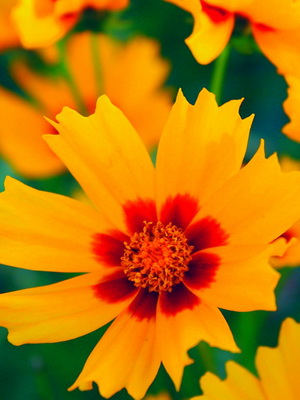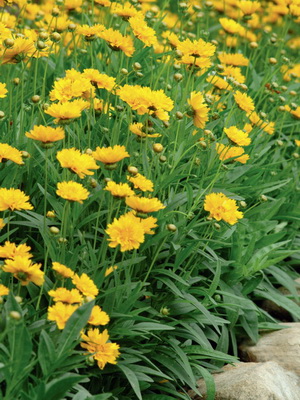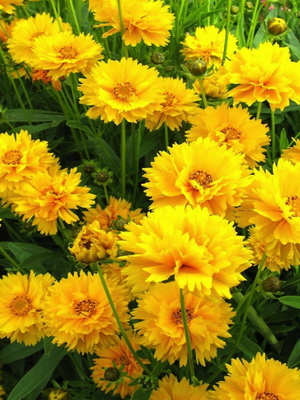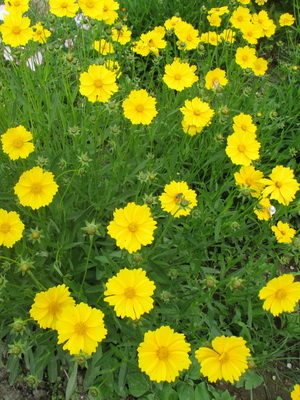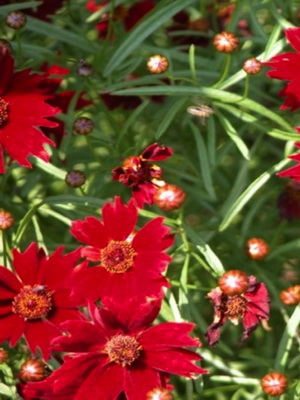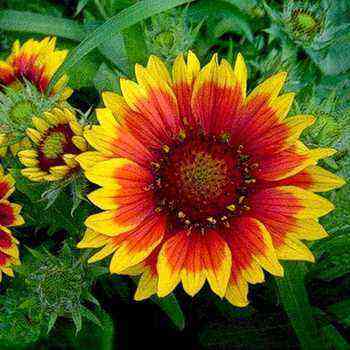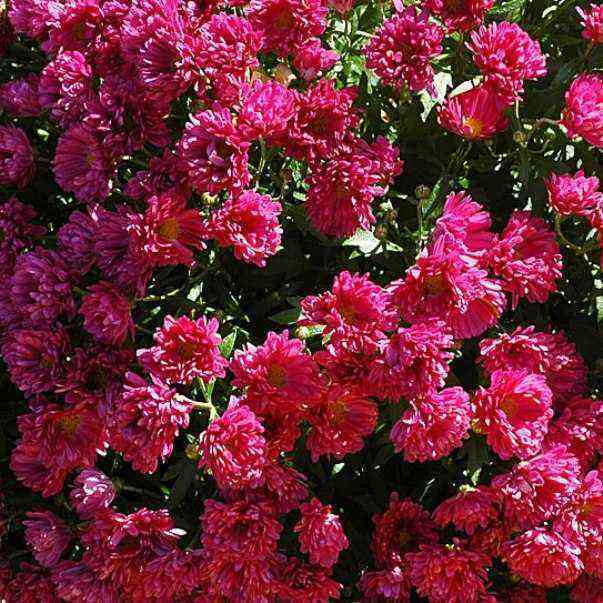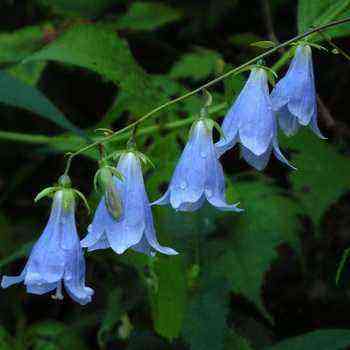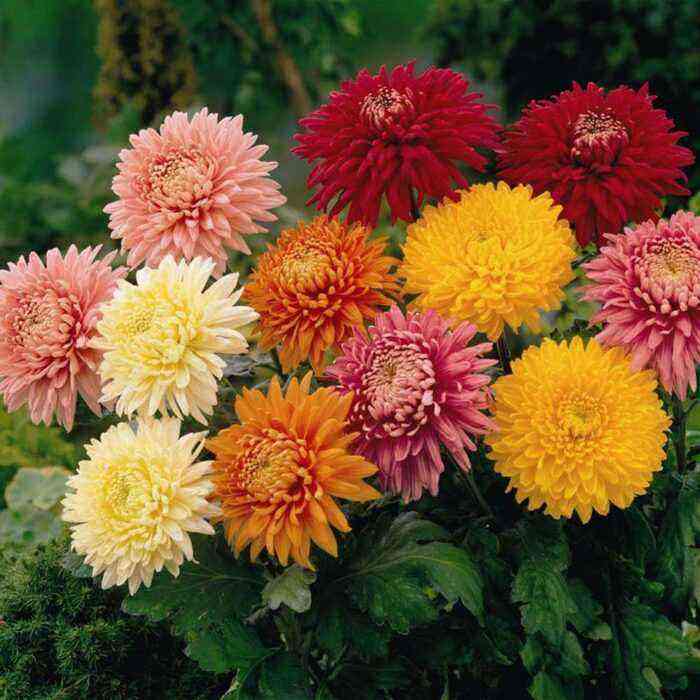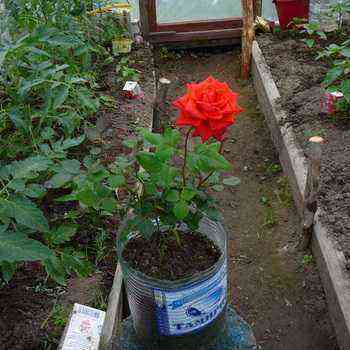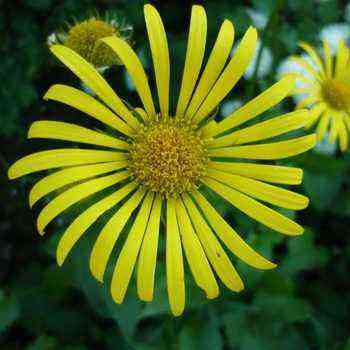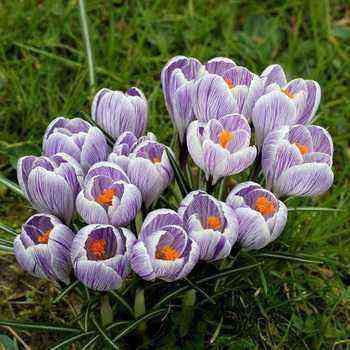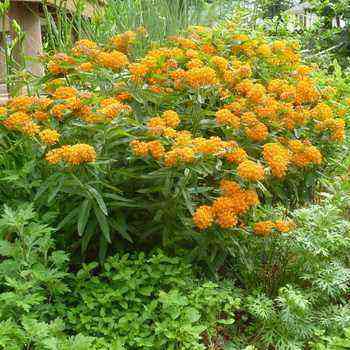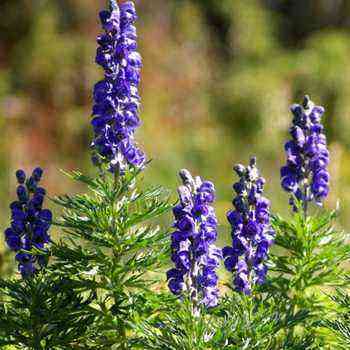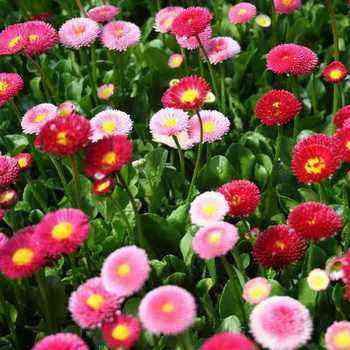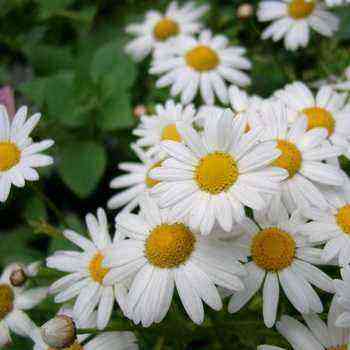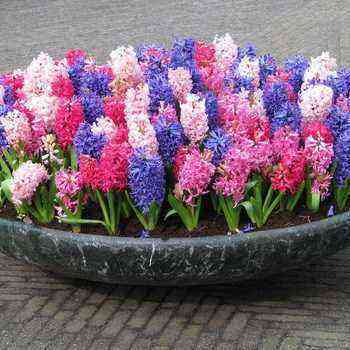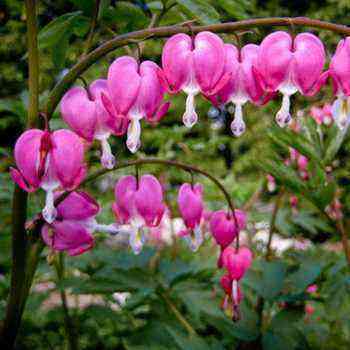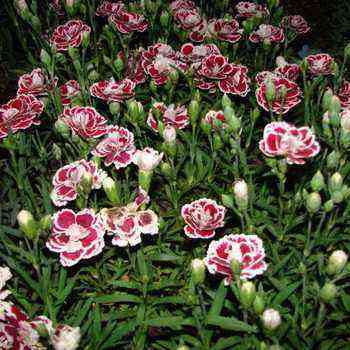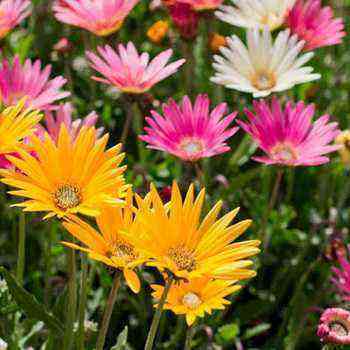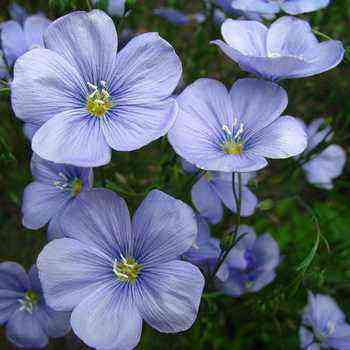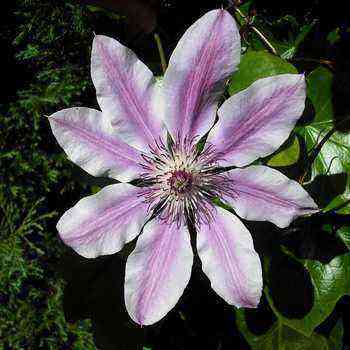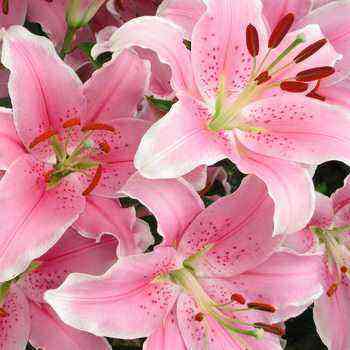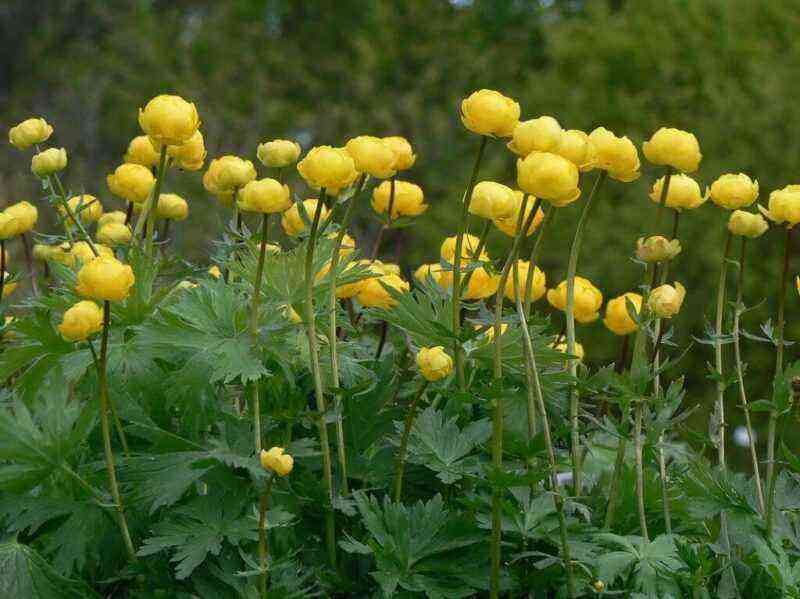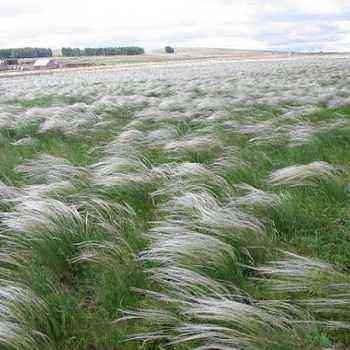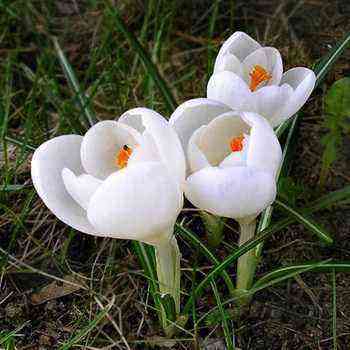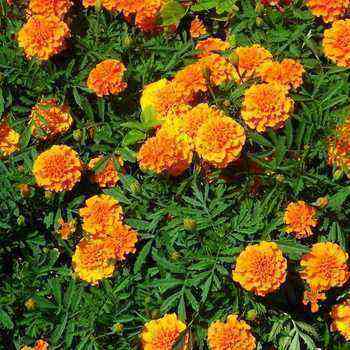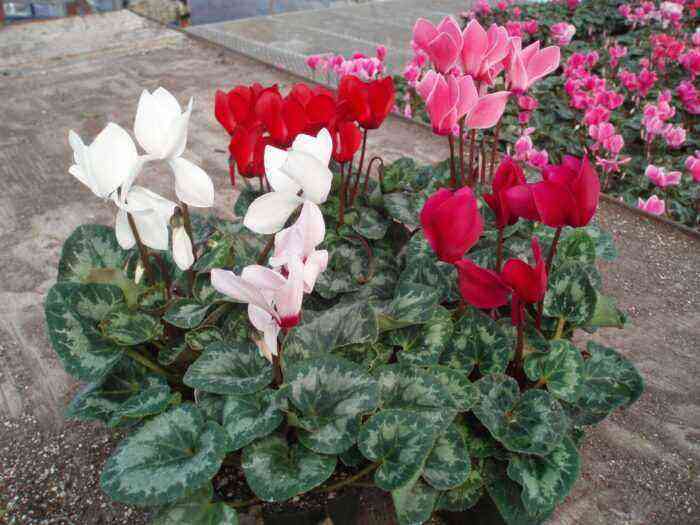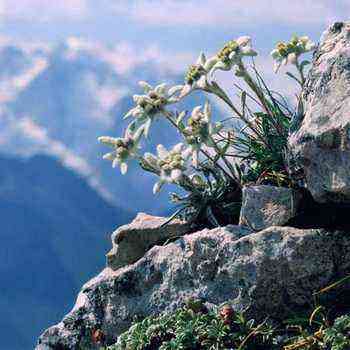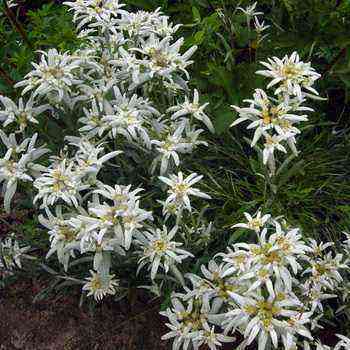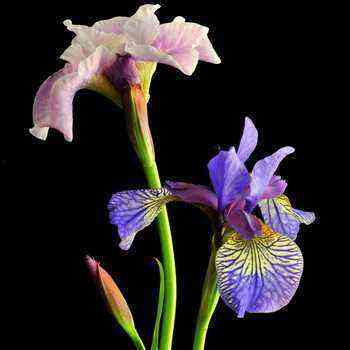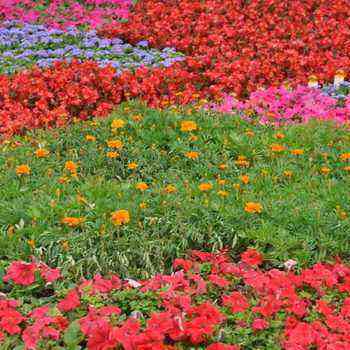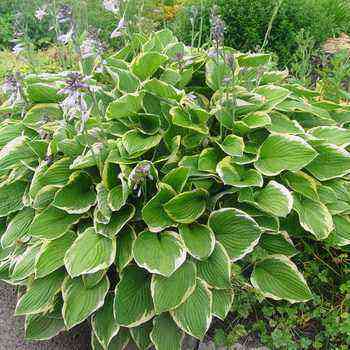
Description of the species and varieties of coreopsis
These are herbaceous plants. In culture, no more than 10 types of coreopsis are used, the most common of which are Drummond and Dye.
Coreopsis Drummond. It has a strongly branching stem up to 60 cm high and a fibrous root. The leaves are pinnate. Inflorescences are solitary, terminal baskets with a diameter of 3-5 cm. The color of the flowers is often yellow with a brown spot at the base, forming a ring around the central dark brown disc. There is a form with dark red flowers and a brown spot at the base. Flowering – from early July to autumn frosts.
The variety of perennial coreopsis “Golden Crown” has especially large golden inflorescences.
“Eli Sunrise” has semi-double, bright yellow inflorescences and especially abundant flowering, plants with a height of 45 cm.
Grade “Mistigri” has light yellow inflorescences with a dark ring around the brown center, abundant and long flowering.
Coreopsis is dyeing. A plant with a thin, strong, branching stem up to 1 m high. The roots are fibrous. Leaves are opposite. Single inflorescences, up to 5 cm in diameter.
As you can see in the photo, this perennial coreopsis has yellow, orange or dark red flowers with a spot at the base:
Flowering at the same time as the previous species.
In the variety “Dwarf Dazler” plant height 30 cm with lush and long flowering, inflorescences more than 5 cm in diameter, yellow-red.
Planting and caring for a coreopsis perennial plant
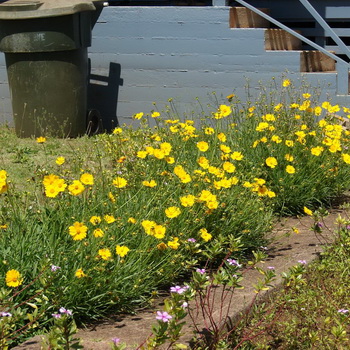
When planting and caring for perennial coreopsis, light soil of medium fertility is used.
Perennial coreopsis is propagated by seeds in the ground or by seedling, as well as by dividing plants in early spring or in August.
When planting, the distance between plants is 30-50 cm.If you want to resume the flowering of coreopsis, use the following advice: when the flowers wither, cut the stem one quarter in height, the remaining stumps need to be trimmed additionally, feed, after which the flowering will resume. For the winter, the faded stems are cut to the base.
Tall coreopsis are used on the far edge of the site, in groups on lawns, on the southern side of fences and tree and shrub plantations. They are also very good for cutting – they stand in the water for a week.
Low-growing ones are used for planting in the foreground of a flower garden in the form of a border or in groups, suitable for planting in vases or containers and in balcony boxes with a depth of at least 20 cm.Low coreopsis can be transplanted even in full bloom, but the plants are dug out with a lump of earth and planted into well-watered holes.
